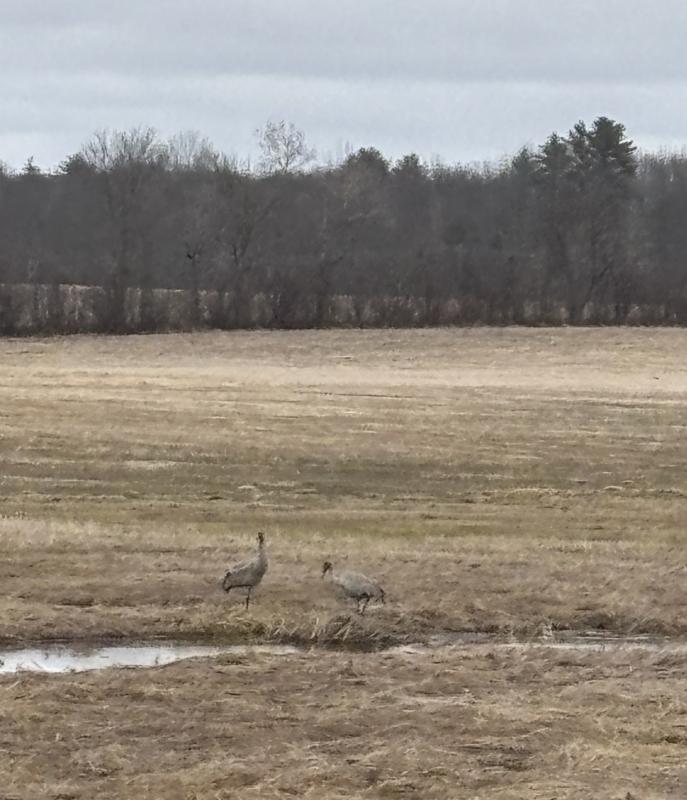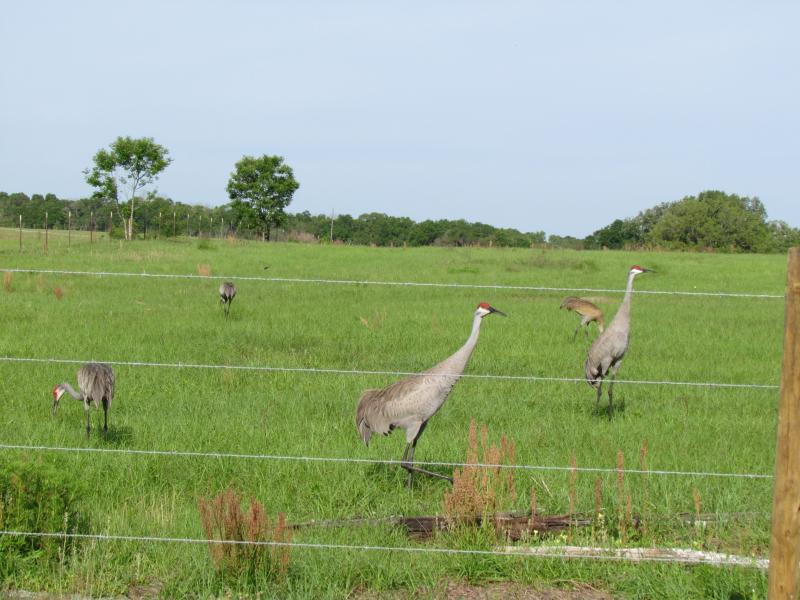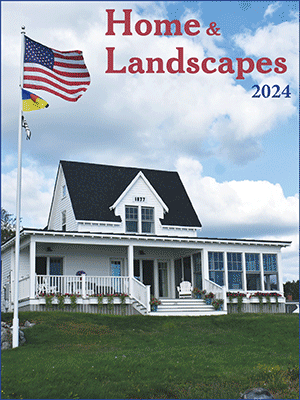The Magic of Cranes
 During a recent visit to their favorite local "pop-up pond," the authors finally find what they had hoped to see there for years: sandhill cranes! Courtesy of Allison Wells
During a recent visit to their favorite local "pop-up pond," the authors finally find what they had hoped to see there for years: sandhill cranes! Courtesy of Allison Wells
 Some Florida sandhill cranes have become accustomed to humans and allow closer approach, though it's best to keep a respectful distance. Courtesy of Jeff Wells
Some Florida sandhill cranes have become accustomed to humans and allow closer approach, though it's best to keep a respectful distance. Courtesy of Jeff Wells
 During a recent visit to their favorite local "pop-up pond," the authors finally find what they had hoped to see there for years: sandhill cranes! Courtesy of Allison Wells
During a recent visit to their favorite local "pop-up pond," the authors finally find what they had hoped to see there for years: sandhill cranes! Courtesy of Allison Wells
 Some Florida sandhill cranes have become accustomed to humans and allow closer approach, though it's best to keep a respectful distance. Courtesy of Jeff Wells
Some Florida sandhill cranes have become accustomed to humans and allow closer approach, though it's best to keep a respectful distance. Courtesy of Jeff Wells
Certain birds are kind of magical. They exhibit qualities that command extra attention. Cranes are in that category. Across the world, each of the fifteen crane species occupies a special place in the culture of the humans that share their geographies.
We certainly felt that magic a few weeks ago. As we drove toward the “pop-up” pond in our favorite hayfield that we check regularly after rains, we jokingly said, as we had many times before, “there should be a sandhill crane here.”
When we turned the corner and saw a tall creature standing in the wetland, we pulled the car over and stopped a few hundred yards away. We scrambled to get the binoculars out of the backpack in the back seat and peered, unbelieving, at the first sandhill crane we had ever seen at this spot we’ve been visiting for twenty years.
We have been fortunate to see sandhill cranes over the years at many places across the U.S. and Canada. We have some particularly fond memories of viewing the non-migratory Florida subspecies of sandhill crane in lots of places during visits to the Sunshine State. One year, there was a small family group of sandhill cranes that hung out in a retirement community where we road bikes. They had apparently become habituated to being near people. Our son, who is now more than six feet tall, was, back in those days, shorter than the cranes. He was a bit intimidated by these massive gray birds with their red crowns, big black bills, and yellow eyes. We all were intrigued to see the massive birds watching us as we watched them from, perhaps, twenty feet away.
We remember how rare it was to see a sandhill crane here in Maine when we started birding. Many people, ourselves included, were thrilled to see one that appeared at Scarborough Marsh in the 1980s.
But sandhill cranes kept increasing here in Maine. Eventually, they were documented nesting in the state in 2000 in the marshes at the south end of Messalonskee Lake. They have steadily increased across at least the southern half of the state since that time and have been found at dozens of spots during the summer period, indicating potential nesting locations. Incredibly, as many as 81 sandhill cranes have been documented in recent years amassing together in fields in Norridgewock in the fall.
Still, finding one of these remarkable birds standing regally in our “pop-up” pond after years of hoping for one to show up there was a thrill beyond comparison. Because it was quite close to the road, we took extra measures to be sure we didn’t scare it away. We drove by slowly without stopping, attempting to snap a quick photo with the iPhone as we passed.
As the car approached, there was more magic: We had been so intent on the standing crane that we hadn’t seen a second bird resting on the ground in front of it nearby. Both birds stood as we glided by, snapping one quick photo.
We’ve stopped by our “pop-up” pond a number of times since that day. We haven’t seen the cranes again. Maybe they will be back. Maybe they are somewhere nearby and we just haven’t found them yet. Either way, we feel like we were blessed by the magic of cranes.
Jeffrey V. Wells, Ph.D., is a Fellow of the Cornell Lab of Ornithology and Vice President of Boreal Conservation for National Audubon. Dr. Wells is one of the nation's leading bird experts and conservation biologists. He is a coauthor of the seminal “Birds of Maine” book and author of the “Birder’s Conservation Handbook.” His grandfather, the late John Chase, was a columnist for the Boothbay Register for many years. Allison Childs Wells, formerly of the Cornell Lab of Ornithology, is a senior director at the Natural Resources Council of Maine, a nonprofit membership organization working statewide to protect the nature of Maine. Both are widely published natural history writers and are the authors of the popular books, “Maine’s Favorite Birds” (Tilbury House) and “Birds of Aruba, Bonaire, and Curaçao: A Site and Field Guide,” (Cornell University Press).





































